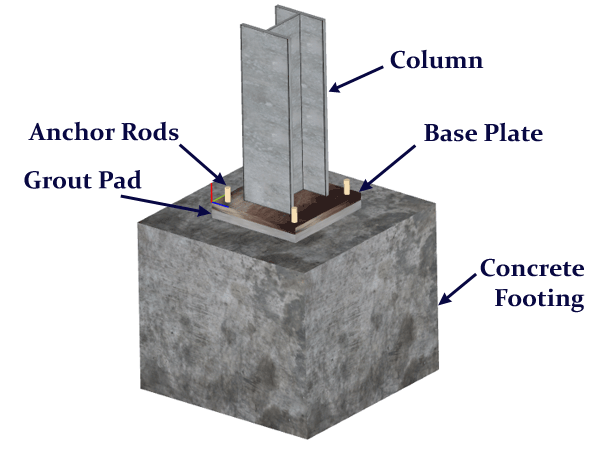This article aims to address the key ethical questions that may arises when an engineer is contacted to review the work of another engineer.
Category: Steel
The reading and interpretation of structural engineering drawings is a much-underrated skill. A skill that is often not taught but learnt through frequent exposure to structural engineering contents and a drive to fully understand them. In simple form, a structural drawing can be defined as any drawing consisting of plans or set of plans and details explicitly showing how a building or structure will be constructed
Many problems of long spanning in structural engineering can be resolved through the use of steel trusses. These days, long span structures are very popular– from sport arena roofs to auditorium galleries, airport terminals, railway stations etc….
Steel portal frames are the most common and cost-effective structural solutions for single-storey buildings with gable-pitched roofs. In fact, about 50% of the steelwork in the U.K is used up in the construction of single-storey buildings, of which portal frames form the greater part…
Unlike members in axial tension, when structural elements are subjected to axial compression, they become vulnerable to failure through instability as a result of their geometrical properties rather than their material properties…
A truss is a triangulated assembly of interconnected elements, pinned at the nodes and typically having all external forces and reactions applied at the nodes (Figure 1). Trusses are extremely strong and a very cost-effective solution when compared to other structural options
You’re faced with the design of a steel truss for a monopitch roof spanning 18.35m. The roof is invariably enclosed hence is considered predominantly subjected to gravity loads, which scheme would you choose or consider more appropriate and why?
The designer of a composite floor has a number of basic and obvious decisions to make, including what type of beam to use and what type of decking. He or she also has some more detailed decisions, such as the choice of propped or unpropped construction, whether the steel beams will be restrained during construction, and how will the upper surfaces of the slabs be levelled during concreting
Column base plates are provided beneath steel columns in order to transmit the applied design forces safely to the foundations. Steel columns are heavily loaded and their cross-sections are typically small…….
Steel columns in simple construction are the most popular type of columns encountered in multi-storey steel buildings in practice
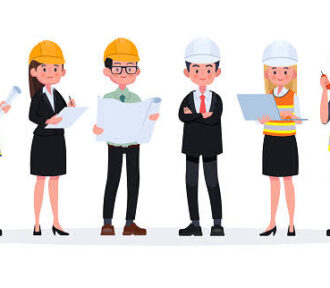
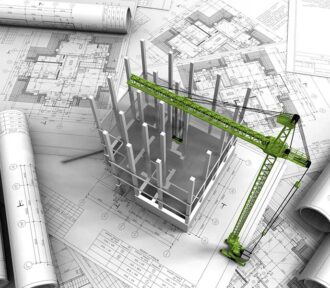
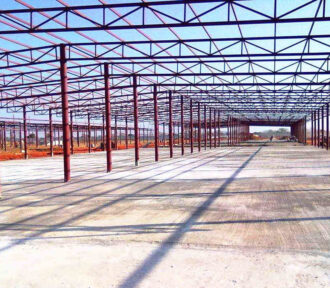
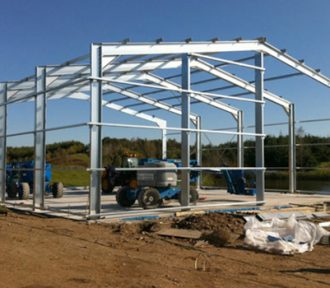
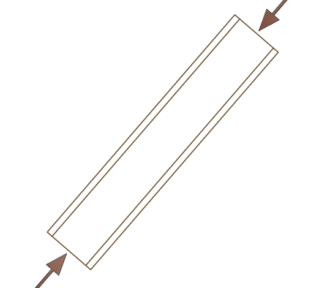
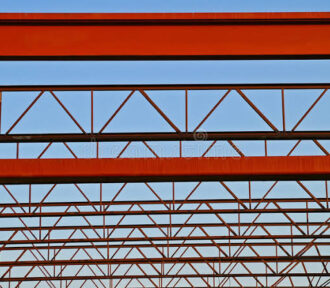
![[Opinion] Choice of Structural form for a Monopitch Roof](https://structurescentre.com/wp-content/uploads/2021/07/featured-image-for-post-330x288.jpg)

